Chinese martial art. Missiles against aircraft carriers
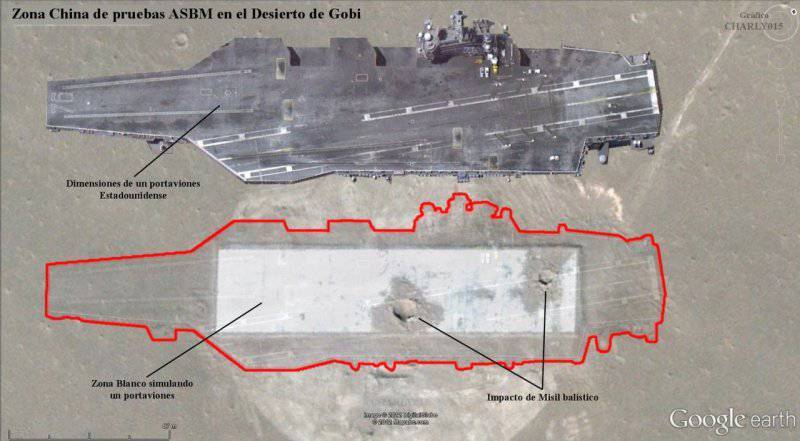
The strike of the 10 sound combat stage is similar to lightning. In one instant, the fire arrow pierced the flight, gallery, hangar, third and fourth decks of the aircraft carrier. The contact fuse did not fulfill its function, and the warhead continued its way down through the gut of a giant ship. Through, through the hold of the deck, platforms and bottom plating. Overcoming 70 meters of steel structures, she roared deep into the water. After a second to plunge into the bottom sediments of the South China Sea, disturbing the operators of seismic stations off the coast of Japan ...
Not. Everything happened differently.
... hugs of icy emptiness and bright caustic stars. The descent from space orbit took 150 seconds, another quarter of a minute the flight continued through a shaky stratosphere. Every 10 seconds automatics, according to accelerometers and gyroscopes, transferred the system to a higher state of readiness. At first, weak and discharged, the air whistled violently overboard, swaying in its streams a little deadly ammunition. Until inside, in a device the size of a coffee machine, there was no command to undermine. The reaction began, passed and just as suddenly ended at an altitude of 600 meters. During this time, flying at a speed of 3 km / s, the warhead managed to cover a distance less than the thickness of a human hair.
The “coffee maker” brought down 300 kilotons of fire. Reflected from the water, the front of the shock wave spread along the surface of the sea, in a split second it clashed with the second wave, which came straight from the point of the explosion. The fire trap closed within a kilometer from the epicenter, just where the enemy ships were ...
In general, pretty lyrics. All these colorful descriptions are the combat use scenarios of the Dongfeng DF-21D (East Wind) anti-ship ballistic missile. With the difference that they have nothing to do with reality.
About the benefits of this weapons more was said than about its shortcomings. Among the key points that impede the combat use of “Dongfeng-21D”:
In the first minutes, the trajectory and parameters of the DF-21D taking off will be indistinguishable from the flight parameters of the ICBM. The launch of an anti-ship ballistic missile can be perceived by missile attack warning systems (EWS) of other countries for the start of a nuclear war.
I believe that few will agree to sacrifice themselves because China, in the context of any local “complication of relations”, fires the ships of the United States or Japan with ballistic anti-ship missiles.
A group launch of a BR in a tense geopolitical environment can lead to unpredictable and completely undesirable consequences. To prevent the threat of a local conflict escalating into a full-scale nuclear war, special security measures and arms control are necessary. A multi-level mechanism for coordinating the start-up and fluctuations in command regarding the compliance of the situation with the use of DF-21D will sharply limit the tactical use of such a missile, compared to “conventional” means.
Dreams of creating a naval super-weapon are extremely far from reality.
Many discuss with interest the effects of a 10-swing-out warhead entering the deck, while simultaneously reflecting on the problem of plasma formation, shielding radio wave radiation and making missile guidance impossible. As if not paying attention to the fact that the appearance of plasma is the result of intense inhibition in the atmosphere. The transformation of the kinetic energy of the warhead into megajoules of thermal energy.
Combat units of ballistic missiles develop high speeds in near-Earth space, sharply slowing down when entering the atmosphere. In practice, the speed of the fall of the combat units of ICBMs and INF of the final section does not exceed 3-4 Mach.
In maneuvering warheads (for example, “Pershing-2”) because of their larger size and additional resistance due to the presence of control surfaces (aerodynamic control surfaces), the speed in the last minutes is even lower than that of the usual carrots.
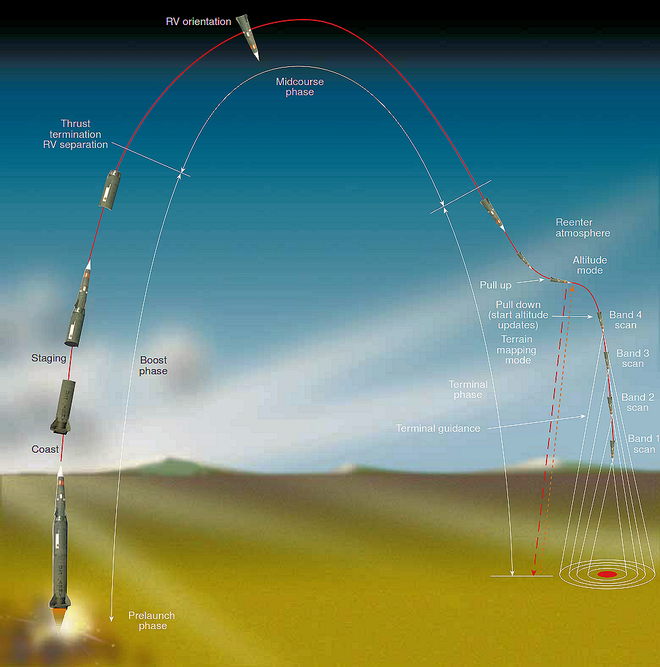
At an altitude of about 15 km, the warhead slowed down to 2-3 sound speeds. At this moment, the radar of the RADAG system came to life under the remains of the ablation fairing. The warhead received an annular image of the underlying relief by scanning with an angular velocity of 2 rev / sec. In memory were stored four reference images of the target area for different heights, recorded in the form of a matrix, each cell of which corresponded to the brightness of this area in the selected range of radio waves. The stage of trajectory correction began, which ended with a controlled dive to the target.
There could be no impact at speed 10M. The speed of a guided ballistic missile warhead at the moment of a meeting with a target is comparable to supersonic cruise missiles. And, in this sense, the Chinese ballistic anti-ship missile does not have any advantages compared with the anti-ship onyx cruise missile or the ZM-54 Caliber anti-ship craft.
The “unsolvable problem” associated with the formation of plasma clouds shielding radio waves was unexpectedly solved by slowing down the speeds of sound to 2-3, at which this effect becomes invisible. It was at this point that the rocket homing system began to work, which had been inactive until then. Most of the way the warhead flew along a ballistic curve defined by the starting impulse of the 1-th and 2-th engines.
* * *
According to experts, if necessary, two-way radio communication can be carried out even in the presence of shielding plasma around a hypersonic aircraft. As an antenna, it is proposed to use ... the plasma cloud itself, since its electrical conductivity is comparable to the characteristics of metals. At the same time, compared to metal structures, plasma antennas demonstrate better noise immunity and the ability of inertialessless changes of parameters (radiation direction, operating frequency, etc.).
However, this topic is beyond the scope of the presented article, since the existing guided warheads do not use radars at high altitudes (low-power radar still does not see anything from space).

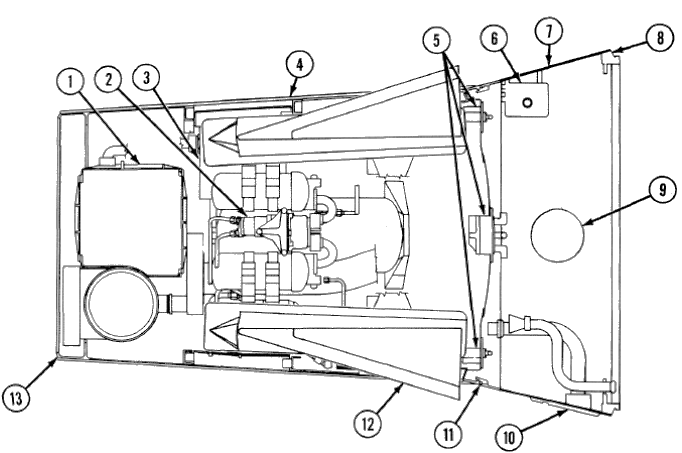
The combat unit “Pershing-2” also had jet wheels to correct its position in near-Earth space and, probably, for a more accurate exit to the target area. For the correct orientation of the combat stage when entering the atmosphere and during descent, during which it was required to slow down the warhead from more than 10-ti to 2-x sound speeds. Corrective pulses were produced according to the inertial navigation system (INS), i.e. only according to indications of internal devices and gyros.
Exact guidance was made already at the terminal part of the flight: the radar scanned the terrain from low altitudes, and the warhead, vigorously maneuvering at the expense of the 4's mobile "petals", was aimed at the chosen point target.
Common tasks dictate similar design decisions. That is why when describing the Chinese ballistic RCC, many sources refer to the concept of MGM-31 “Pershing-2”. In fact, the only reliably created and adopted for the design of a similar purpose with a radar GPS. The design and performance characteristics of which were declassified long ago and are now in the public domain.
Indeed, it is unlikely that the Chinese could change the laws of nature and create weapons on new physical principles. Currently, the simplest and most logical solution remains a controlled warhead with a guidance system at the terminal stage (RLGSN) combined with aerodynamic controls.
In the presented material the Soviet R-27K was unfairly deprived of attention. The world's first self-guided ballistic missile for the destruction of ships (the project was carried out in the period 1962-1975). On the other hand, the Soviet specialists did not manage to create anything like a deadly masterpiece from “Martin-Marietta”. Option “A” with a guided warhead was rejected at the level of sketches, due to its inadequate complexity. As a ballistic missile, the option “B” was chosen with a rather clever, but primitive guidance system.


As conceived by the designers, during the take-off, the P-27K was supposed to reclaim the radar emission from enemy ships from a distance of several hundred kilometers. Further, according to the data of the multidisciplinary LRE radio direction finder, it produced a starting impulse that would launch a missile along a ballistic trajectory to the target area. No correction at the end was made. Of course, the defeat of point moving targets (ships) could not be a direct hit. The anti-ship P-27K was equipped with a 650 CT thermonuclear warhead, which partly resolved the problem. But only in part. Thus, the deviation of only 10 kilometers meant the failure of the task: at such a distance, AUG ships could hardly be seriously damaged. Also, the question itself remained with passive targeting only to working radio emission sources, which limited combat capabilities quite a bit.
The extent to which the power of nuclear fire is exaggerated and the stability of large ships against such threats can be detailed and the illustrations can be found in these articles in “VO”:
https://topwar.ru/?newsid=70833
https://topwar.ru/70937-korabli-i-yadernye-vzryvy-chast-vtoraya.html
For this reason, further discussion of the Soviet version in the context of the current article can be considered complete. According to the published pictures of the Chinese side, in the 2 of the Chinese Military Academy they are working on a direct hit on the ship. In order to avoid undesirable complications, the rocket is planned to be equipped with a conventional warhead.
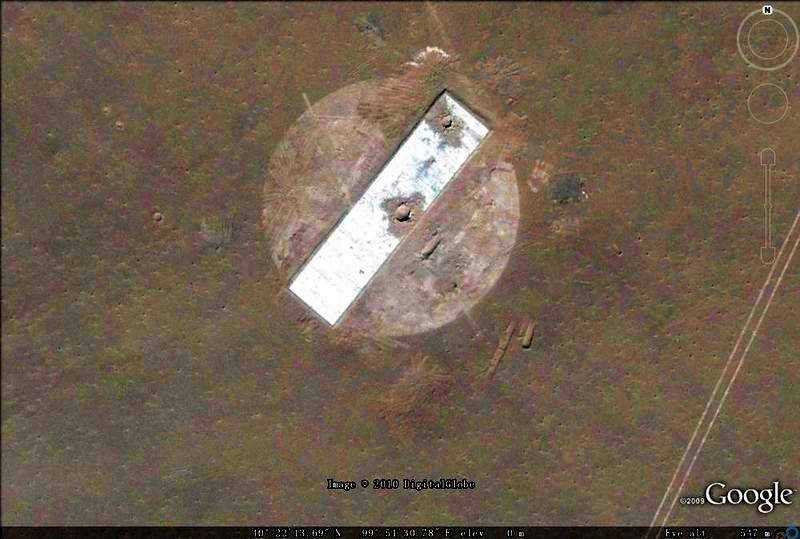
Based on the above materials, the anti-shipping BR “Dongfeng 21 mod. D ”appears in a completely different light, different from the one that paints the colorful imagination of ordinary people and journalists.
Among the strengths of this weapon is the range of destruction (the declared value is 1500 km), which exceeds the indicators of all existing RCCs, including heavy giants of the Chelemey school (Granit-Vulkan, etc.).
Such characteristics allow you to fight with enemy ship groups in open sea areas, without the need for rapprochement with the enemy. At the same time, the main “likely enemy” of the DF-21D, the US Navy ship groups, will be forced to take special measures to ensure their safety, still on the way to the shores of Asia.
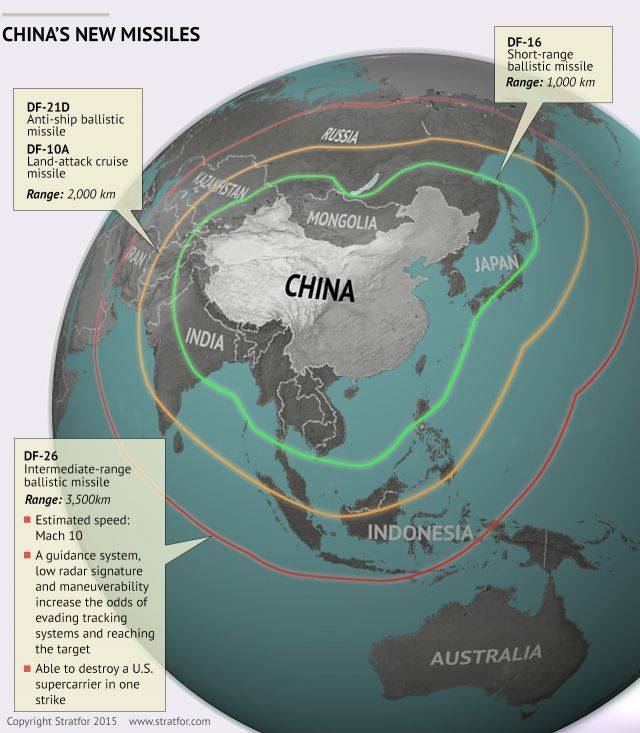
The need for early inclusion of the Aegis radar to detect a possible threat from space will lead to the unmasking of the AUG and will contribute to a more efficient use of other anti-ship vehicles. The position of the AUG will be easily monitored by means of electronic reconnaissance, which will solve the problem of target designation for the PLA air and naval forces.
As for the own combat capabilities of the DF-21D, they, in the opinion of the author, in modern conditions look doubtful. The main reason is the high altitude trajectory (ie visibility) and the speed is too low in the final section. Based on the characteristics of the existing shipborne air defense missile systems and families of anti-aircraft missiles (Aster, Standard), a supersonic target at an altitude of 10-15 km is a typical and desirable goal for them. Moreover, the appearance of the threat will be known in advance - a few minutes before the DF-21D enters the “Standards” affected area.
Also, it is impossible to dismiss overseas efforts in the field of missile defense: an approaching missile can be intercepted even in the extra-atmospheric space with the help of kinetic interceptors SM-3.
Reflections on the high cost of a 15-ton two-stage rocket as an anti-ship agent are not without foundation. Ammunition - not a luxury, but consumable. Inadequate size and cost make it difficult for personnel to be trained, making it impossible for them to gain experience with weapons, to detect and eliminate in advance all deficiencies in the structure. Ground layouts and stands are not a substitute for full firing. At a time when the Americans and their allies were used to releasing dozens of small-sized "Harpoons" at sea exercises.
On the other hand, the opinion of the prohibitively high cost of the DF-21D may be erroneous. The bulk of the ballistic “Dongfeng” falls on its TDR, i.e. compressed gunpowder. At the same time, the cost of any modern aircraft is determined by a high-tech filling, the main element of which remains the sensitive GOS. And in this aspect, the Chinese ballistic RCC does not stand out in comparison with other heavy anti-ship missiles.
“Even if you have to use a sword once in a lifetime, it’s worth it to carry it all your life.”
Lao Tzu.
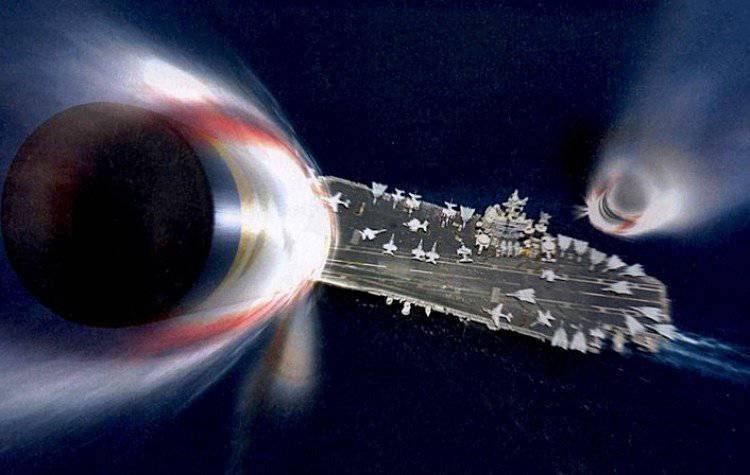
The article used materials from the otvaga2004.ru website and data from the Pershing II Weapon System application guide.
Information